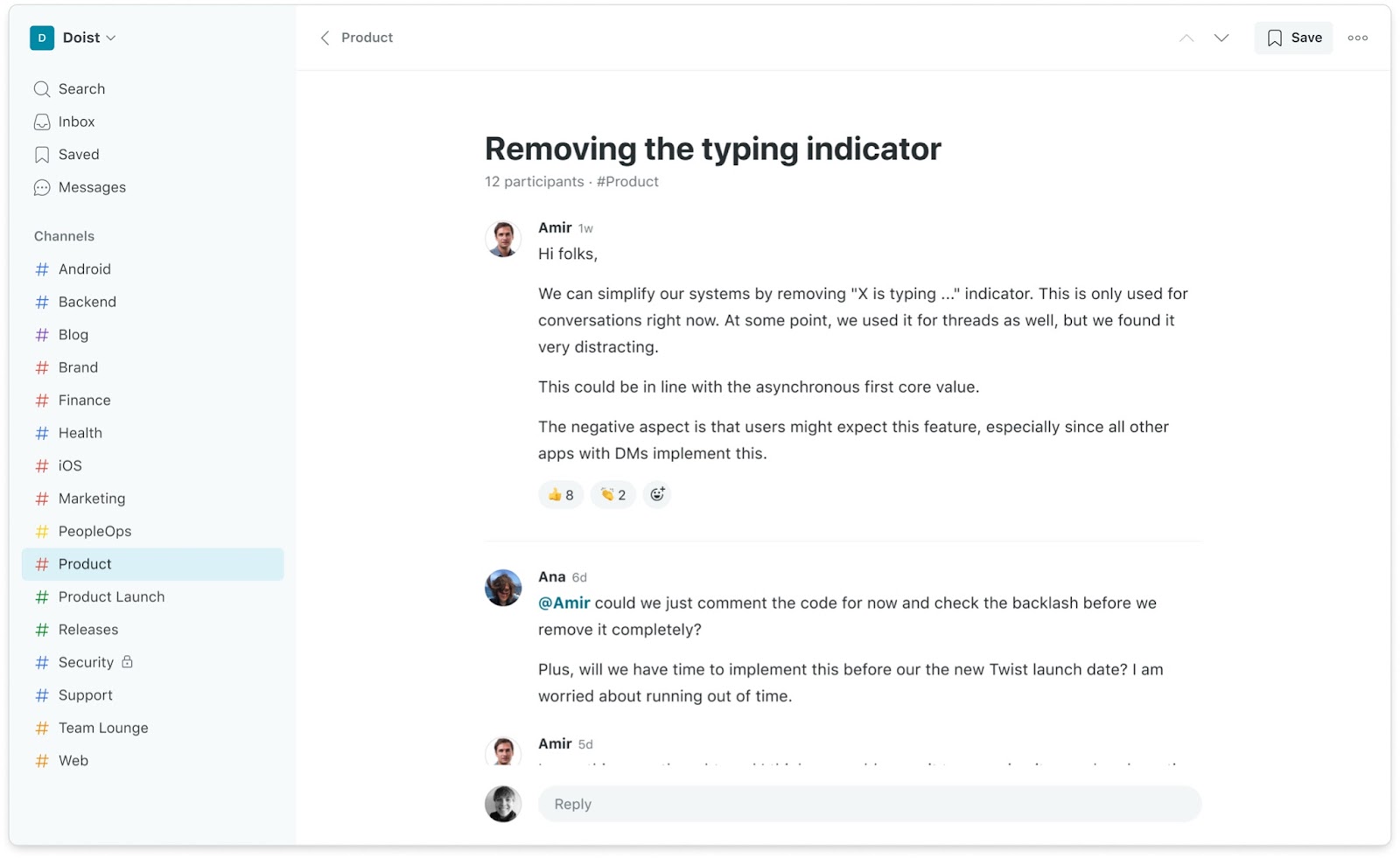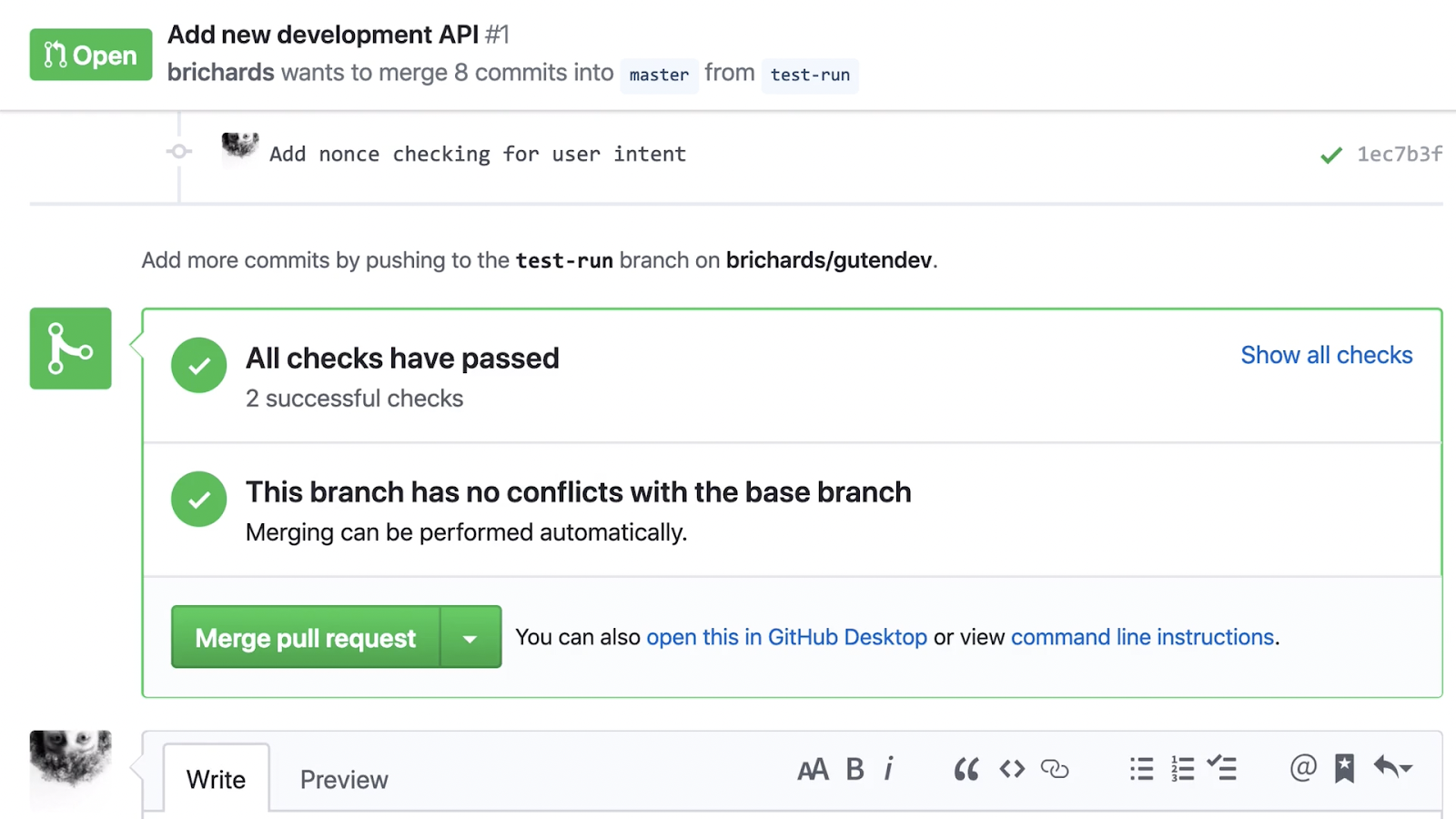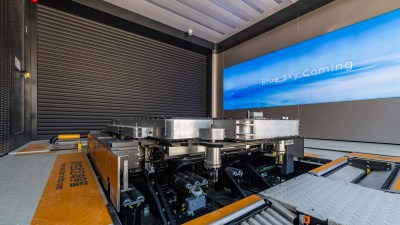Download audio: http://rf.proxycast.org/90403f30-3907-4d21-896b-3d86dbd319e0/10467-30.05.2023-ITEMA_23394527-2023C48904S0150-21.mp3
Download audio: http://rf.proxycast.org/90403f30-3907-4d21-896b-3d86dbd319e0/10467-30.05.2023-ITEMA_23394527-2023C48904S0150-21.mp3

There was a time when we would start our electronic projects with integrated circuits and other components, mounted on stripboard, or maybe on a custom PCB. This is still the case for many devices, but it has become increasingly common for an inexpensive ready-built module to be treated as a component where once it would have been a project in its own right. We’re pleased then to see the work of [ElectroBoy], who has combined something of both approaches by reverse engineering the pinout of a Chinese Bluetooth audio chip with minimal datasheet, and making his own take on an off-the-shelf Bluetooth audio module.
The JL_AC6939B comes in an SOIC16 package and requires a minimum number of components. The PCB is therefore a relatively simple proposition and indeed he’s fitted all parts and traces on one side with the other being a copper ground plane. It’s dangerous to assume that’s all there is to a board like this one though, because many an engineer has come unstuck trying to design a PCB antenna. We’d hazard a guess that the antenna here is simply a wavy PCB line rather than an antenna with a known impedance and bandwidth, at the very least it looks to have much thicker traces than the one it’s copying.
It’s possible that it’s not really worth the effort of making a module that can be bought for relative pennies ready-made, but to dismiss it is to miss the point. We make things because we can, and not merely because we should.
Yoshua Bengio gushes about GFlowNets, calling them "a new beast" for which the appropriate optimization algorithms are still making rapid progress
The Best Project Management and Issue Tracking Tools🚀
1. Linear — Lightning Fast Issue Tracking and Management
2. Asana — Flexible Project Management
3. Stepsize — The First Issue Tracker for Engineers

The Best Communication Tools for Software Developers🎙
4. Twist — Distraction-Free, Asynchronous Chat

5. Slack — Powerful Chat With Loads of Integrations
6. Krisp — Improve Sound Quality on Video Calls
The Best Code Repository Hosts 🏪
7. Github — Still a Great Repository Host

8. Beanstalk — A Slick Hosting and Deployment Workflow
9. BitBucket — An Atlassian-Powered Rival to Github
The Best Deployment Solutions 🔬
10. Gitlab — Fully Integrated DevOps Management
11. Flosum — Easy Deployment and DevOps for Salesforce Apps
12. AWS CodeDeploy — Continuous Deployment for the Cloud
The Best Testing and Monitoring Tools for Development Teams 🕵️♀️
13. Ghost Inspector — User-Friendly Concurrent Testing

14. TestSigma — Simplified No-Code Testing Stacks
15. LambdaTest — Comprehensive Selenium-Style Testing
More Useful Software Developer Tools 💡
16. AirTable — Goodbye Spreadsheets, Hello Live Data

17. Prettier — Clean Up Your Code With a Click
Choosing the Right Developer Productivity Tools 👀

Electric vehicles promise efficiency gains over their gas-fuelled predecessors, but the issue of recharging remains a hurdle for many eager to jump on board with the technology. The problem is only magnified for those that regularly street park their vehicles or live in apartments, without provision to charge a vehicle overnight at home.
Battery swapping promises to solve that issue, letting drivers of EVs change out their empty battery for a freshly charged one in a matter of minutes. The technology has been widely panned and failed to gain traction in the US.
However, as it turns out, battery swapping for EVs is actually thing in China, and it’s catching on at a rapid rate.
It’s Already Happening

The current state of play has Nio at the head of the pack, with the automaker seeing its 700th battery swap station installed in December. 5.3 million battery swaps have been completed using the company’s facilities, indicating that the stations are seeing plenty of use. 258 Nio vehicles are on the road for every battery swap station out there, and reportedly 42% of Nio owners live within a 3 km radius of such a facility. The company hopes to expand to 4000 battery swap stations by 2025, including 1000 outside China.
The Nio system is highly automated, and driving a Nio car up to the battery swap facility will automatically place the vehicle in the queue. Upon arrival at one of the company’s 2.0 swap machines, the car will drive itself into the swap bay, though some manual adjustment is sometimes necessary at the direction of the human attendants. The version 2.0 installations store up to thirteen batteries, versus just five in the earlier 1.0 swap station design. The driver can also stay inside the car, something the 1.0 and other company’s chargers don’t always allow.
In a real-world test, one YouTuber found the swap took 5 minutes and 25 seconds once the car was in the bay, not counting the two minutes spent waiting for another car to leave and getting the vehicle lined up correctly. As demonstrated in a Nio demo video, robotic carriage slides under the car, unbolting the pack, removing it, and slotting in a fresh battery to send the driver on their way.

There are more pedestrian battery swap stations out there two; automotive outlet Jalopnik recently reported on one small, ramshackle operation that swapped out batteries for just 45 Yuan, or roughly $7 USD, good for a further 95 miles of range or so, and changed over in around three minutes. Taxi drivers are a key customer for the facility, who don’t want to spend time charging when they could be out earning fares.
One factor that has helped to spur the adoption of battery swapping is government policy. The Chinese Ministry of Industry and Information Technology (MIIT) has been experimenting with subsidies. Presently, only electric vehicles priced under 300,000 Yuan, or roughly $42,377 USD, get a subsidy from the government. That is, unless they employ battery swapping, in which case there is no limit.
More investment is flooding in as companies like battery manufacturer CATL and automotive giant Geely have started vying for a piece of the action. BAIC Motor and several other associated companies like Aulton have hundreds of swap stations of their own, too, leading the latter to take on a partnership with global petroleum giant BP.
Will It Catch On Everywhere?
My taxi in Hebei ski country just pulled off for two-minute battery change by robot. A fresh battery lasts 150km in winter, says driver. He pays 45yuan ($7) for a fresh battery. Impressive system, all the more for being totally workaday, not exotic. Future here now for China EVs. pic.twitter.com/l8DkUtW2pA
— David Rennie 任大伟 (@DSORennie) December 22, 2021
The various companies currently doing a roaring trade in China solved the biggest challenges around battery swapping. Thousands, if not millions of vehicles are being built with compatible battery architectures, at least amongst the various major corporate alliances selling vehicles in China. Big investment is making sure that there are batteries and swap stations available where people need them, and business models are being crafted to suit.
The latter is a big part of making battery swapping work. In most parts of the world, a electric vehicle is sold with a battery. That battery is a huge expensive component that is crucial to the range and performance of the vehicle. The idea of swapping out a “good” battery for someone else’s nasty one turns many off from the idea of battery swapping. However, when battery swapping is the primary model, it ceases to matter. A bad battery with lower performance can just be readily swapped for another good one with a minimum of fuss. Batteries that fall outside of proper performance specs can also be removed from circulation by the system operator and can be recycled as needed.
Nio’s Battery as a Service (BaaS) model is a popular one; consumers can subscribe to a 100 kWh battery plan for roughly $223 USD a month. This allows them to swap in the biggest batteries Nio has available at its swap stations for maximum range, and also allows those purchasing a Nio car to save on the order of $19,000 on the purchase price of the car, as they’re not paying to own the battery itself. As newer, better batteries come along that fit in the same form factor, users can change their subscription to suit and unlock more range for their cars.
Can It Work Outside of China?
However, plenty of roadblocks stand in the way of battery swapping catching on in places like the USA and Europe. In these markets, automakers are competing to build electric cars with the longest possible ranges as a primary competitive advantage. These companies have no desire to create a common specification for battery form factors to allow them to be swapped between different makes and models. Thus far, there’s been little collaboration on charger specs, let alone batteries themselves. Furthermore, to achieve the best in range, performance, weight, and handling of their vehicles, companies have heavily integrated the packs into the design of the vehicles themselves. Easily swapping these batteries is by and large out of the question.

Furthermore, many EVs on the market today boast ranges in excess of 250 miles; some go as far as double that at as we’ve recently reported. Charge times are coming down too, with many vehicles able to add hundreds of miles of range in under 20 minutes when fast charging. This compares relatively favorably with the 5-7 minute times that most battery swap systems seem to take, while adding a similar amount of range, given the smaller packs often used in swap-capable vehicles.
Longer range EVs need charging less often, and thus taking an extra ten minutes to gain some serious range doesn’t really cause a lot of fuss. In the case of cars like the Lucid Air with over 500 miles of range, most people would want to take a nice long break after so much driving, such that waiting a few more minutes for a charge is hardly considered an imposition at all.
With charging infrastructure already rolling out at a rapid pace in Europe and the USA, and few to no vehicles available that are suitable for battery swaps, it seems like the technology may not catch on in these areas. Fast chargers already have a huge lead in the market and will work with a much broader range of vehicles; no overarching battery swap architecture can compete in that regard.
Some startups are working on the problem, like Ample, but the offering isn’t anywhere near as capable as that already up and running in China. At best, the company offers modified Nissan Leaf vehicles with range shorter than contemporaries like the Tesla Model 3, with battery swap times demonstrated last year on the order of 15 minutes, with the company claiming it’s close to getting it down to ten. Ample says it’s working with 5 of the 10 biggest automakers in the world on battery swapping, but won’t name who; meanwhile, there’s been nary a peep from any major players on such collaboration.
Unless non-Chinese automakers are forced by some kind of regulation to implement battery swap technology, it seems unlikely that companies like Tesla, GM and Lucid would tear up ten years of future product plans and give away their competitive advantages to embrace the idea. Similarly, there is little will to give up on fast charger rollouts, which require little more than power supply, to drop in larger-footprint swap stations with their more complicated robotic systems that cost more to buy, install and maintain.
Regardless, the technology has found a strong foothold in China, and may yet do so in other markets around the world. Regional differences have always added spice and interest to the global automotive scene, and it seems battery swapping will be one such case going forward!
et apporte un nouveau backend de stratégie de fusion
L'équipe du projet open source annonce la sortie de Git 2.33 avec des fonctionnalités et des corrections de bogues provenant de plus de 74 contributeurs. « La version 2.33 ne comporte pas beaucoup de changements et de nouvelles fonctionnalités pour l'utilisateur final », à part des corrections et des améliorations internes. Cependant, mais il...
